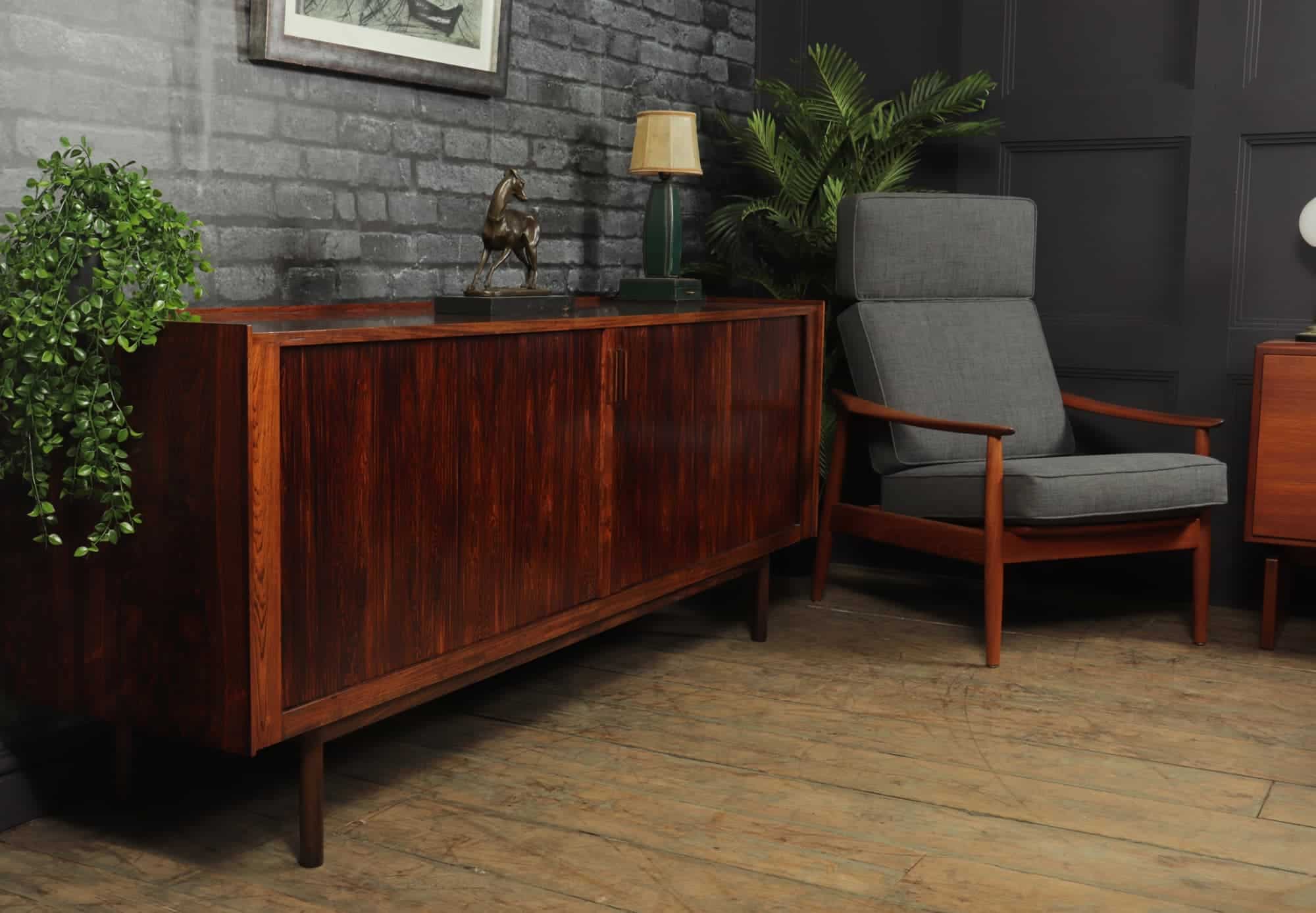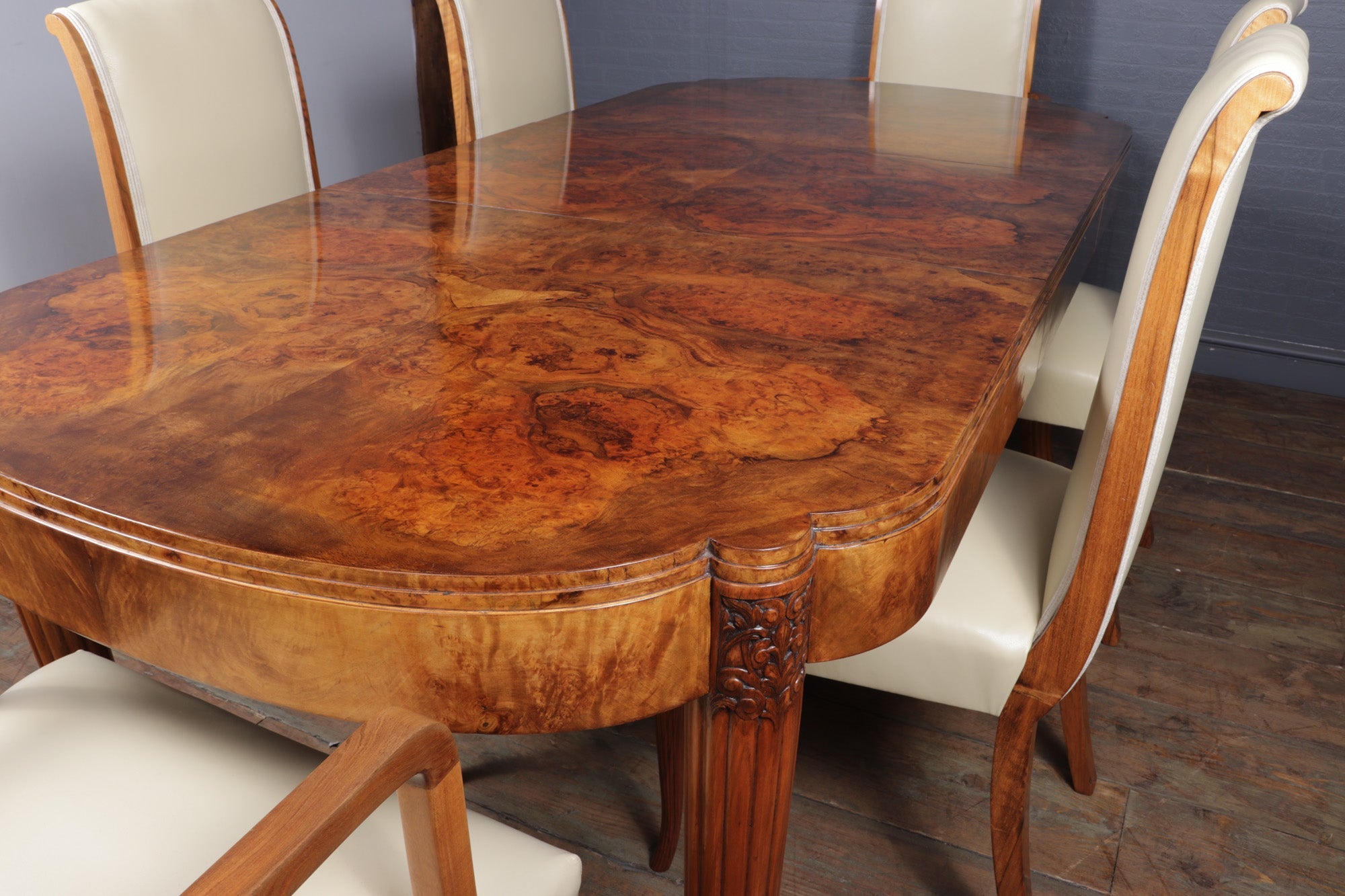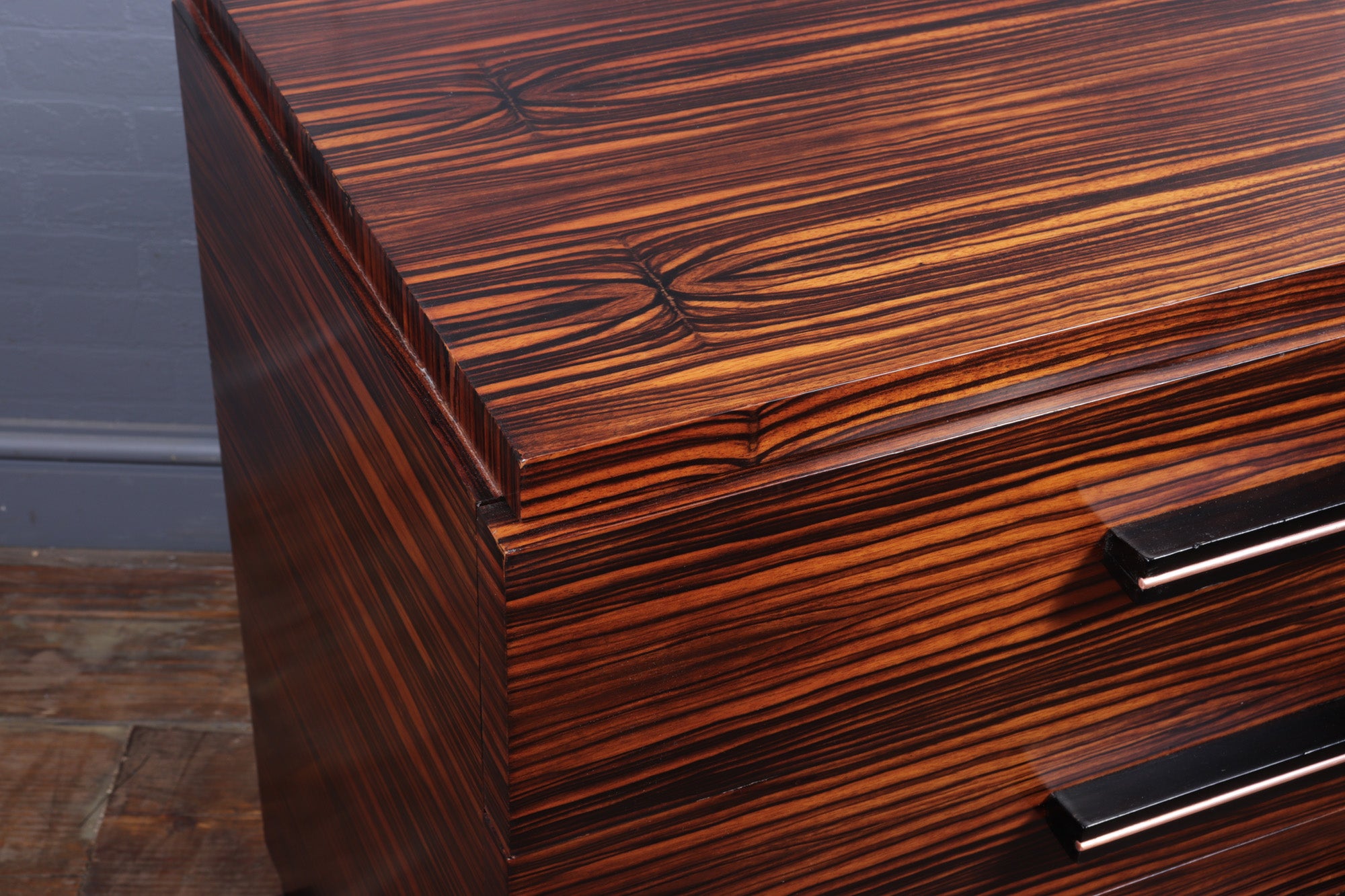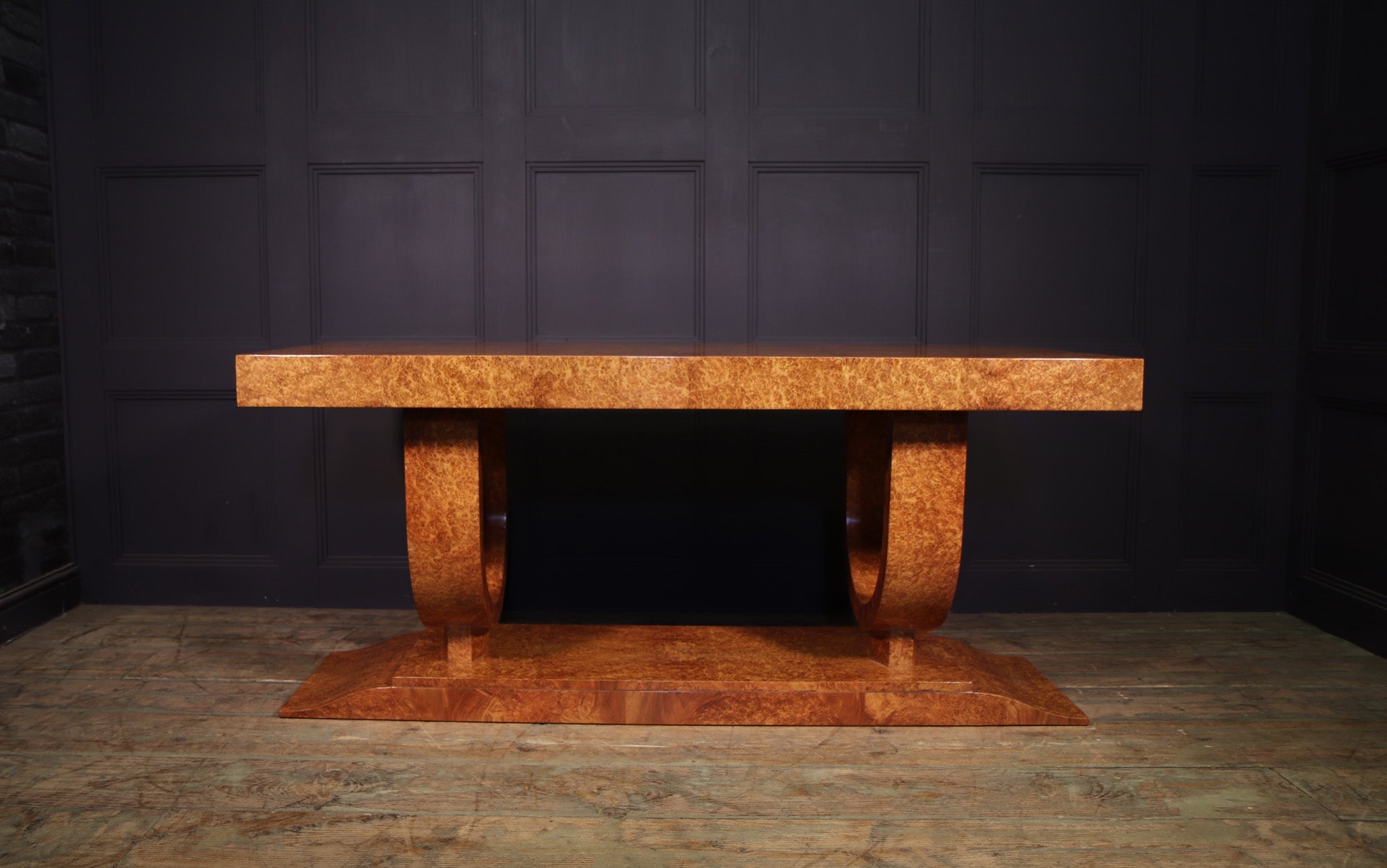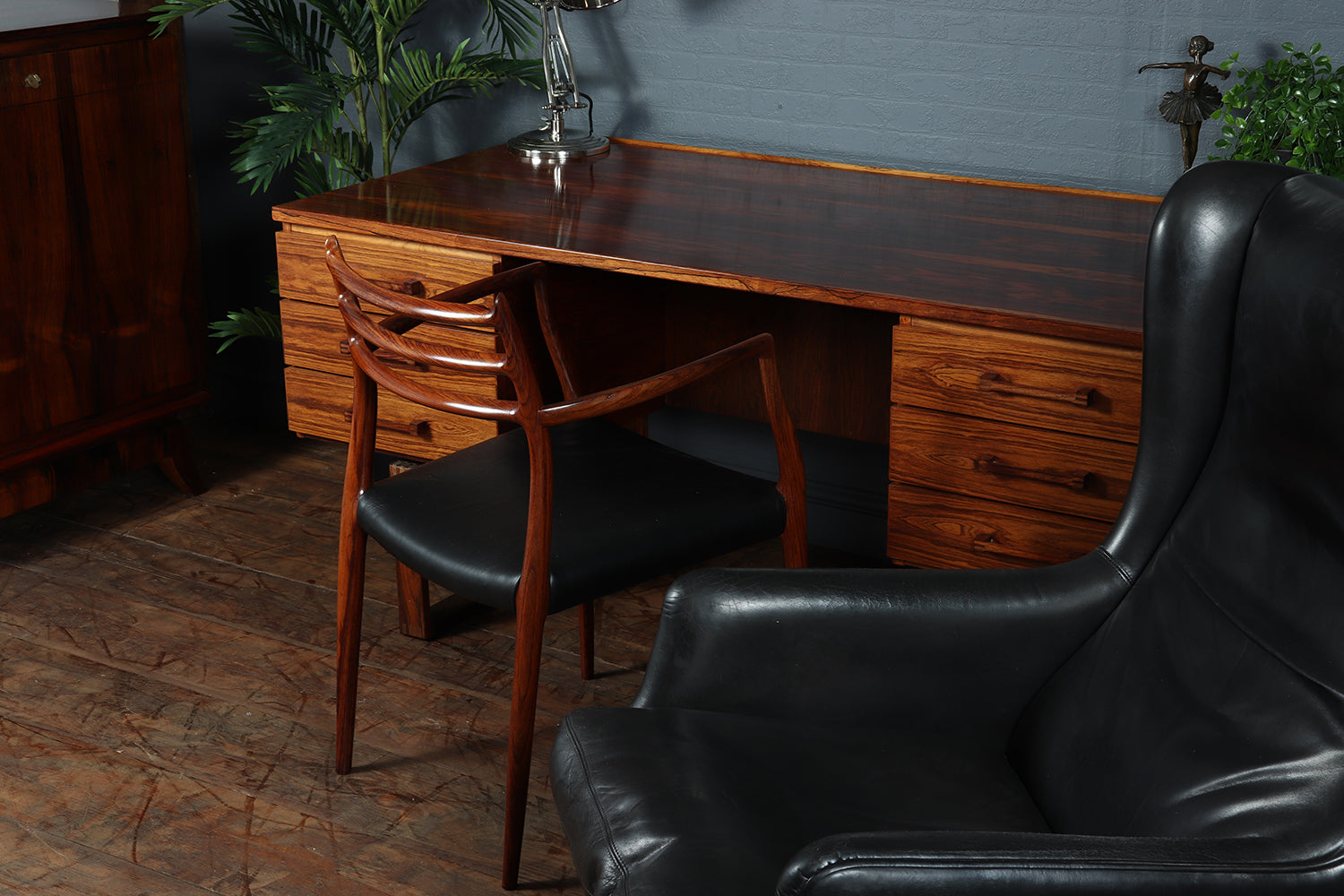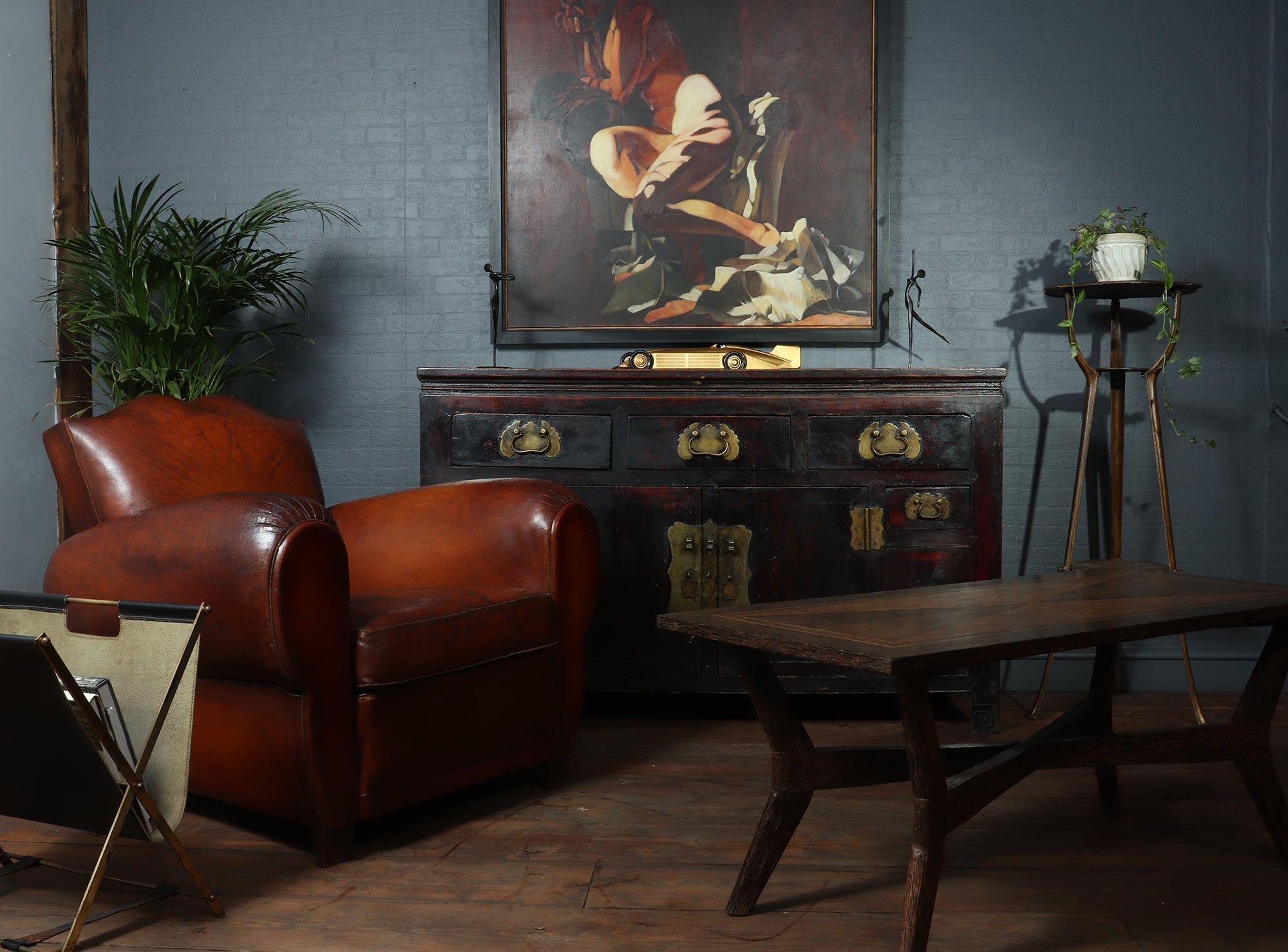Designers of the 20th Century
The Best of 20th Century and earlier Designers and Manufacturers from around the world
UK
Denmark
- Niels Møller
- Kai Kristiansen
- Bernard Pederson
- Arne Vodder
- Finn Jhul
- Fritz Hansen
- Henri Klien
- Bramin
- E W Bach
- Hundevad
- Bodil Kjaer
- Kurt Ostervig
- Omann Jun
- Eric buch
- Johannes Anderson
- Silkeborg
- Hans Wegner
- Nana Ditzel
- Verner Panton
- Kaare Klint
- Bruno Matheson
- Poul Kjaerholm
- Brucksbo
- Kofod Larsen
- Borge Mogensen
- France and Son
- Poul Cadovius
- Georg Jensen
- Peter Hvidt
- Knoll
- Saarinen
- Artifort
- Herman Miller
- Eero Aarnio
Chzech Republic
France
- Jules Leleu
- Pierre Paulin
- Matteu Matheson
- Paul Iribe
- le Corbosier
- Charlote Perriand
- Jaques Adnet
- Dominique
- Jaques Emille Ruhlmann
- Paul Follot
- Jean-Michel Frank
- Eugene Printz
- Maurice Dufrene
- Jean Pascaud
- Jean Prouvé
- Andre Arbus
- Edgar Brandt
- Michel Dufet
- Andre Groult
- Guerin
- Maurice Jallot
- Paul Kiss
- Maurice Rinck
- Rene Lalique
- Haenteges Freres
- Raymond Subes
Italy
USA
Japan
A BRIEF HISTORY OF ART DECO
The Term Mid century Modern
This is frequently misunderstood and is a broad term used to describe the architecture, interior design and furniture in America during the period after World War II to the mid-1970s. It is important not to be confused with the art deco design trend which was popular during the previous era of World War I.
The phrase was first used when art historian, Cara Greenberg, published her book in 1984. She describes how and why mid-century furniture developed and identifies some of the iconic designers between the 1940s until the late 1960s.
The earliest movement of mid-century modern design is said to have happened in Europe between the 1920s and 1930s. In the 1920s vehicles were becoming more popular and one of the significant changes to modern homes during this time was the addition of garages. Carports were another feature that appeared in-house designs during this time. It was only towards the at the end of World War II that modern design movement started to progress.
Towards the 1940s US soldiers returned home with their families which create a huge demand for tract housing. These houses were a simple design, and often builders took shortcuts so that they could be built at a faster pace. Houses also became larger in size and consisted of a commercial construction that represented the mid-century design emphasising clear lines and stylish angles.
Mid-century modern furniture design reflected these characteristics and introduced more curves, geometric shapes and stylised angles investing in new technologies. Mid-century modern furniture is designed to a high standard and pieces tend to be timeless.
During the baby boom era in the late 40s and 50s, architects and designers experimented with new forms that focused on the flow of moving inside and outside. These structures also aimed to create more privacy for homeowners. One of the most prominent features of mid-century modern design furniture is that it is also designed to be multi-purpose and furniture pieces were not restricted to having a single function. Household accessories also consisted of simple designs and reflected the new era. Some examples of well-known designers during the period of mid-century modern design




